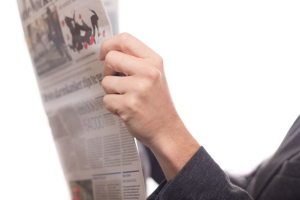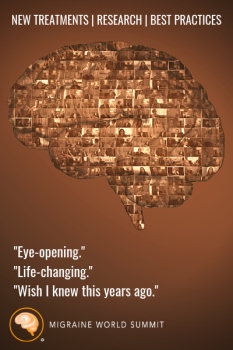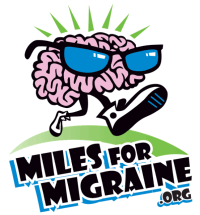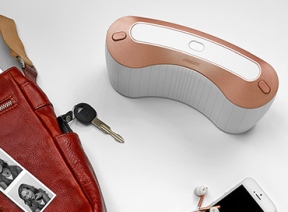Misc News – Ajovy, N1-Headache, Summit Materials
Here are a few tidbits from the world of migraine news that you will want to be aware of:

Ajovy in Europe: The new CGRP inhibitor for migraine, Ajovy (fremanezumab), is one step closer to hitting the pharmacies in Europe. Ajovy was recently granted “Marketing Authorization” from the European Commission. It’s approved for those with 4 or more migraine attacks per month, given as a pre-filled injection.
Full availability could still be months away, depending on the country. In the UK, Ajovy has already been submitted to the National Institute for Care and Health Excellent (NICE) for it to be available on the NHS, but their committee meeting won’t be until October.
Read more: European approval for Teva’s migraine drug Ajovy and Ajovy has been submitted for a NICE technology appraisal
N1-Headache (formerly Curelator), the popular app for tracking headache and migraine triggers and “protectors”, has released a new Q&A to help users make better use of the app. It explains some of the philosophy behind the various features, and should help most users use the app far more effectively. The Q&A can be viewed and downloaded in pdf format here: A Q&A with N1-Headache users
Migraine World Summit Materials: As this is written (a few days before publication), the folks at the Migraine World Summit intergalactic office are hard at work completing videos, mp3s, and pdfs of the Migraine World Summit 2019.
Many of people know that purchasing the summit gives you unlimited time to watch the videos online. However, many don’t realize that all the materials can be downloaded to watch or listen to anytime, anywhere.
And here’s another secret you may not be aware of. The pdf files – the transcripts of the interviews – are searchable. That means that you can search for information you’re looking for within a transcript. And, if you collect the transcripts in a folder, or use a program such as Evernote, you can search multiple transcripts for specific information that concerns you right now!
That alone increases the usefulness of the material a hundred fold. We’re thankful that the summit team outdid themselves getting practical useful information from the world’s leading experts. If you’re interested in the latest Migraine World Summit library, all the info is here.



